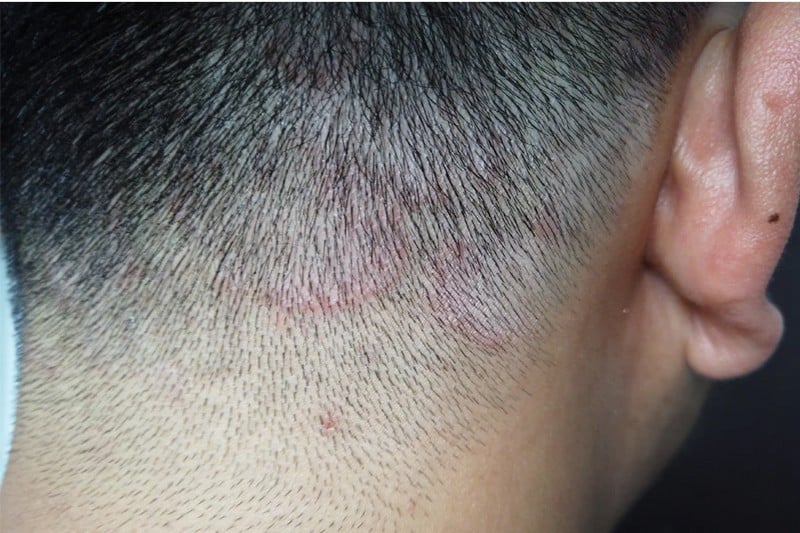Ringworm

Ringworm of the scalp is due to a fungal infection. Tinea capitis, another name for this infection, attacks the hair shaft and scalp, resulting in small areas of scaly, itchy skin. Ringworm is a contagious infection typically transmitted from person to person or by sharing items like towels, combs, pillows, or hats. Although it can affect people of any age, ringworm is most frequently found in children. Itchy scalp patches are the most typical sign of ringworm. Hair may fall out around the scalp, creating scaly, red regions or bald places. You might notice black spots in certain areas if the hair has fallen out. These patches may eventually enlarge and spread if left untreated.
Other symptoms include brittle hair, a sore scalp, enlarged lymph nodes, and a low-grade fever. If the condition is severe enough, you could get crusty, pus-draining swellings called kerion. These might result in scarring and permanent bald areas. Often, a doctor may identify scalp ringworm with just a visual examination. Your scalp may be illuminated by a Wood’s lamp, a specialized light that doctors use to look for infection indications. To confirm the diagnosis, they could collect a skin or hair sample.










